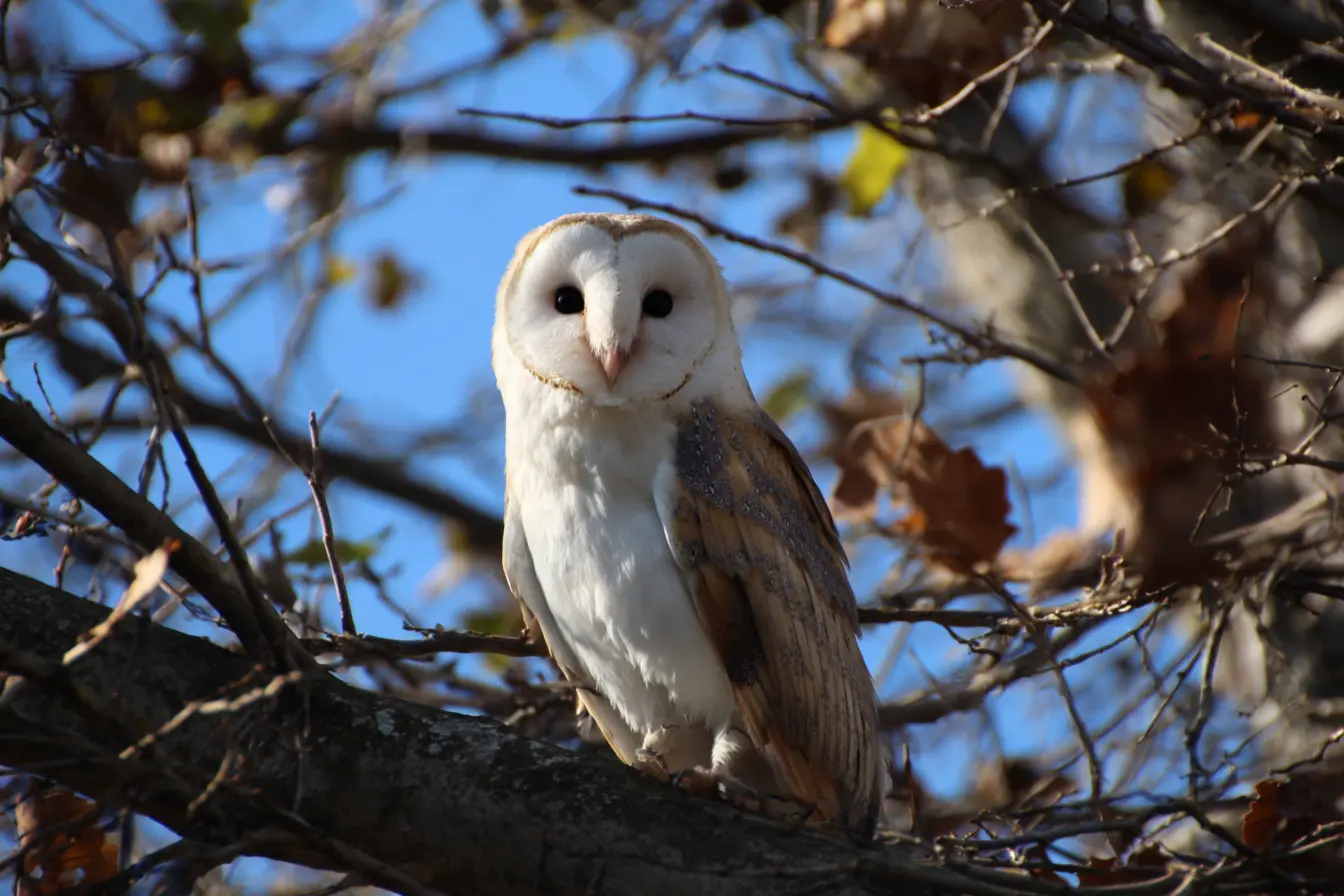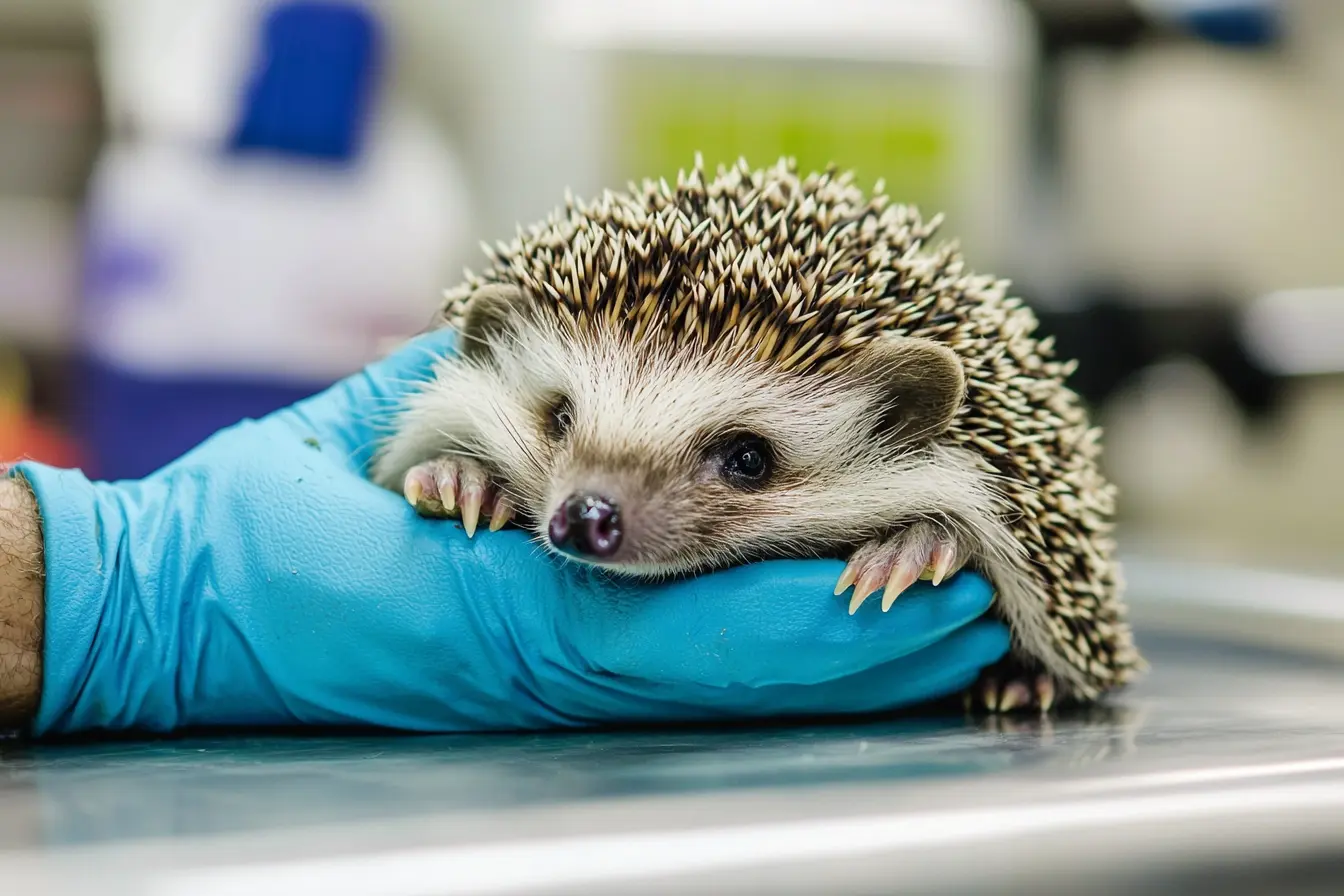
Foxes in the UK
The red fox (Vulpes vulpes) is one of the UK’s most familiar and adaptable wild mammals. With its fiery coat, sharp features, and bushy tail, the fox is a symbol of both wilderness and urban life. Whether seen trotting across a frosty field at dawn or darting through city streets at night, foxes continue to capture the British public’s imagination.
This post explores the ecology, behaviour, appearance, habitat, diet, reproduction, and conservation of the red fox, as well as its role in UK ecosystems and society.
Identification and Appearance
Foxes are members of the canid (dog) family, but they also share many characteristics with cats, such as their stalking behaviour and vertical-slit pupils.
Key features
- Size: Body length 60–90 cm; tail 30–50 cm; weight typically 4.5–7.5 kg.
- Fur: Rich reddish-orange coat, white underbelly, and black legs and ear tips.
- Tail: Long, bushy and often tipped with white—known as a “brush”.
- Face: Pointed snout, upright ears, and intelligent, amber eyes.
Colour can vary slightly—some individuals appear more grey, brown, or even black.
Distribution and Habitat
Foxes are found throughout the UK, including England, Wales, Scotland, and parts of Northern Ireland. They thrive in both rural and urban environments.
Preferred habitats
- Farmland and hedgerows
- Woodland and scrub
- Moorland and heath
- Suburban parks and gardens
- City centres and industrial estates
Foxes are generalists and can live anywhere there is food, shelter, and limited disturbance.
Behaviour and Lifestyle
Foxes are mostly nocturnal or crepuscular (active at dawn and dusk), though they may be seen in daylight, especially in towns.
Key behaviours
- Territorial: Each fox family (or “skulk”) holds a territory and defends it through scent marking.
- Vocalisations: Foxes communicate through a variety of barks, screams, and howls—particularly during the winter mating season.
- Adaptable: Urban foxes have learned to navigate roads, bins, gardens, and people with surprising ease.
- Denning: Foxes use underground dens or “earths” for raising young. These are often repurposed badger setts, rabbit burrows, or dug into banks.
Foxes are solitary hunters but may share territory or dens during breeding and cub-rearing.
Diet and Feeding
Foxes are omnivorous opportunists with a highly varied diet, which allows them to thrive in a wide range of environments.
Common food sources
- Small mammals (voles, mice, rabbits)
- Birds and eggs
- Insects and worms
- Fruit and berries
- Carrion
- Food waste and scraps (especially in urban areas)
They often cache surplus food, burying it for later consumption.
Reproduction and Life Cycle
Foxes typically breed once a year, with mating occurring in winter.
Breeding facts
- Mating season: December to February
- Gestation: Around 52 days
- Litter size: 4–7 cubs on average
- Birth: March–April
- Weaning: Around 4–6 weeks
- Independence: Cubs start hunting with parents by summer and disperse in autumn
Only the dominant vixen usually breeds, though subordinate females may assist in rearing cubs.
Predators and Threats
Adult foxes have few natural predators in the UK, but they face various threats—especially from human activities.
Natural threats
- Disease (particularly sarcoptic mange)
- Competition with badgers
- Predation on cubs by large raptors or dogs (rare)
Human-related threats
- Road traffic collisions (a major cause of death)
- Habitat destruction and development
- Illegal persecution (e.g. poisoning or snaring)
- Loss of rural prey due to intensive agriculture
Despite these risks, fox populations remain relatively stable thanks to their adaptability.
Conservation Status
Foxes are not currently endangered in the UK and are classified as a species of Least Concern.
Legal status
- Not protected under UK wildlife law, but cruelty laws apply.
- Hunting foxes with dogs was banned in England and Wales under the Hunting Act 2004.
- Legal control is permitted in certain contexts (e.g. for protecting livestock), though controversial.
Foxes benefit from public interest and urban tolerance, but attitudes vary depending on context and location.
Urban Foxes
Foxes are now a common feature of city life in the UK. Urban foxes have adapted to human presence and often live in higher densities than their rural counterparts.
Urban adaptations
- Den in gardens, under sheds or decking
- Feed on pet food, compost, bird seed and rubbish
- Show reduced fear of people, often active in broad daylight
- Learn to cross roads and use garden fences and alleyways as travel routes
While some people welcome them, others consider them pests. Conflicts are rare, but feeding foxes in urban areas can lead to bold behaviour and dependency.
Importance in the Ecosystem
Foxes play an essential role as mid-level predators.
Ecological roles
- Help regulate populations of rodents and rabbits
- Scavenge carrion, contributing to natural waste breakdown
- Control pest species, supporting biodiversity in gardens and farmland
- Serve as prey for larger predators and scavengers in rare cases
Their presence in the food web makes them valuable indicators of ecosystem health and balance.
Signs of Fox Presence
Even if you don’t see a fox directly, you may notice:
- Footprints (dog-like but narrower and straighter)
- Droppings (tapered, often containing fur or berries)
- Dug-up lawns or flower beds (from caching food or hunting worms)
- Barking or screaming sounds at night
- Smell from scent marking
Cubs playing in gardens or allotments in spring and early summer are a common (and often delightful) sight.
Conclusion
Foxes are among the UK’s most successful and adaptable mammals. Whether roaming remote moors or navigating London’s backstreets, they are survivors—intelligent, resourceful, and deeply woven into Britain’s ecological and cultural fabric.
While debates about their role in rural and urban settings continue, there is no denying the fox’s place as one of the country’s most iconic wild animals. By understanding and coexisting with these remarkable creatures, we help preserve a crucial thread in the rich tapestry of British wildlife.
Related Vets
Vets near you
Speciality vets
- Aquatics vet specialists
- Birds vet specialists
- Camelids vet specialists
- Cats vet specialists
- Cattle vet specialists
- Deer vet specialists
- Dogs vet specialists
- Equines vet specialists
- Exotic vet specialists
- Goats vet specialists
- Pigs vet specialists
- Poultry vet specialists
- Sheep vet specialists
- Small Mammals vet specialists
- Wild vet specialists











